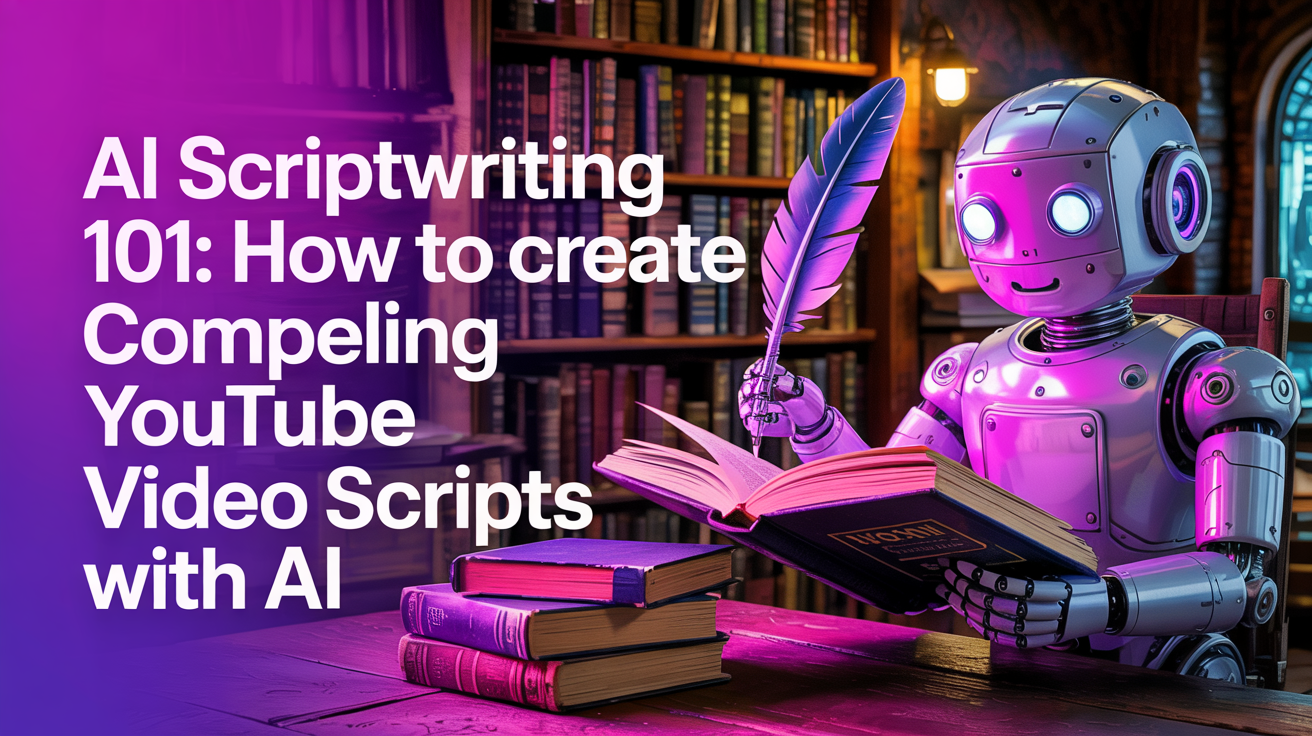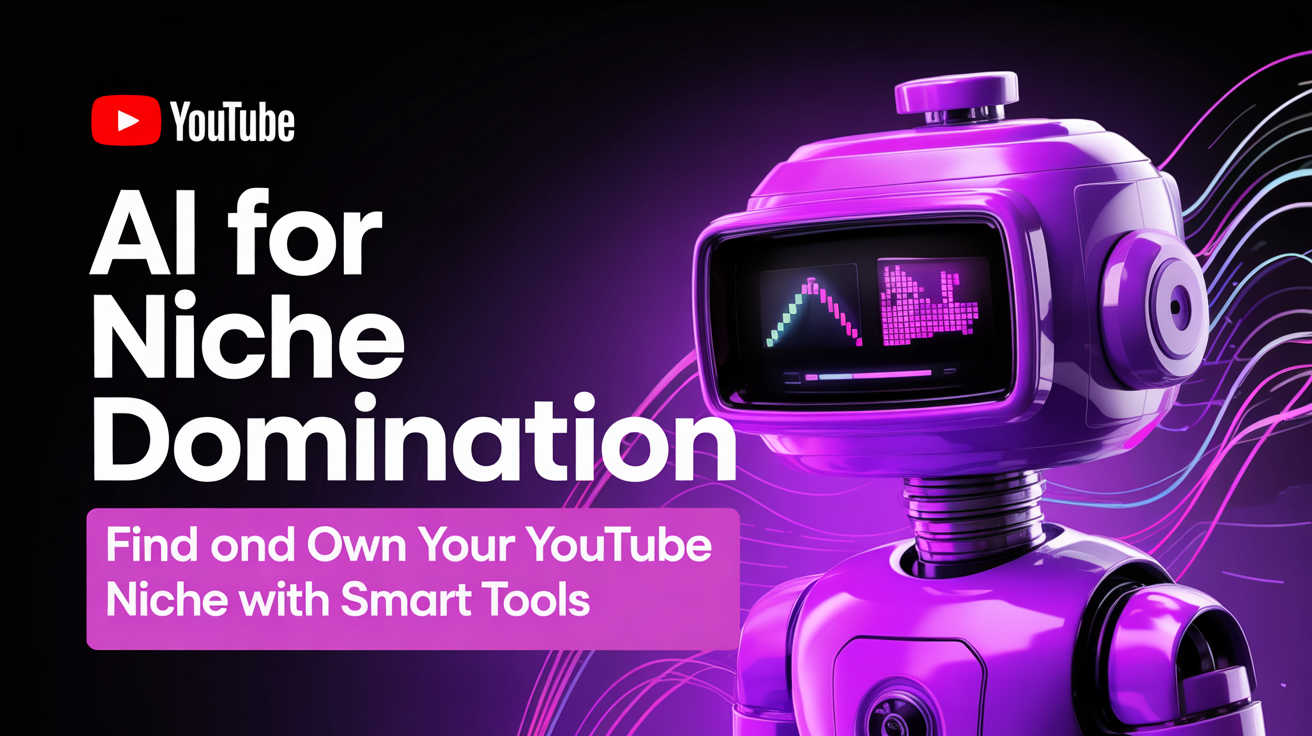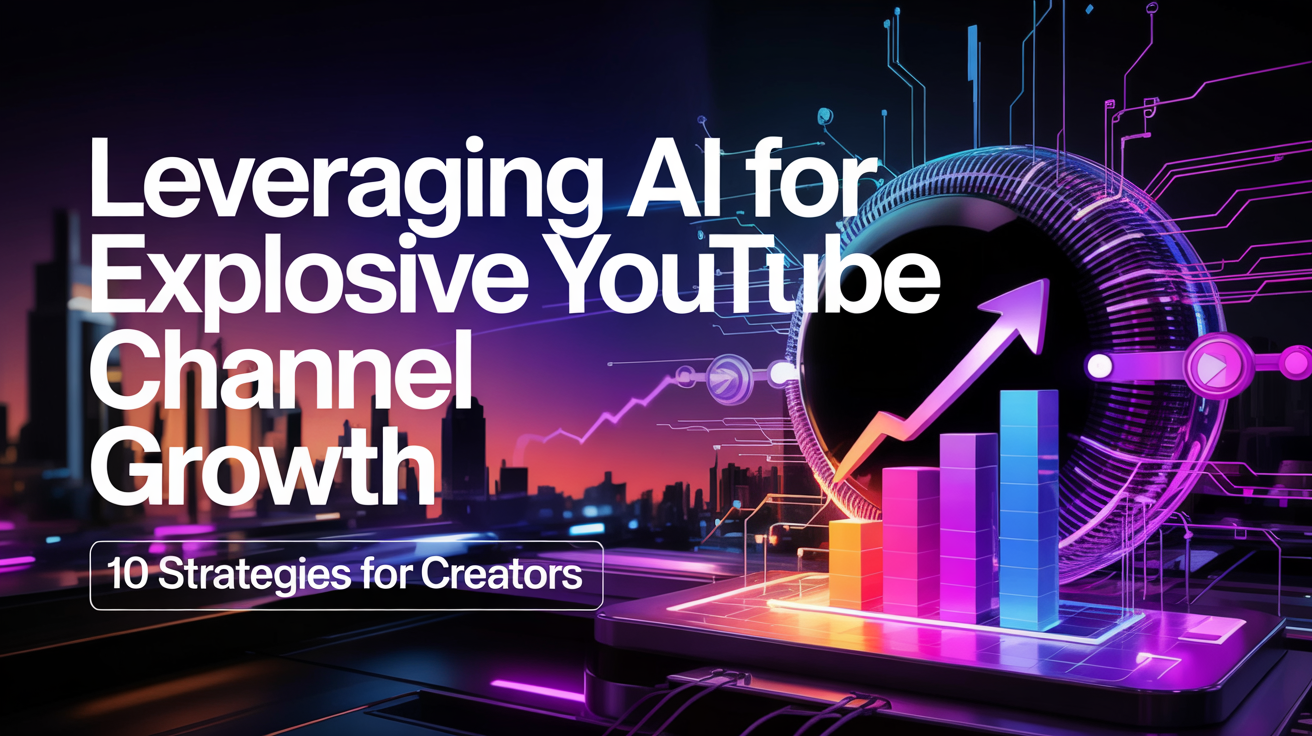Predict Viral Topics with AI: 2025 YouTube Trends
Are you ready to stay ahead of the curve in 2025? Discover how predictive analytics and AI can help you forecast the next viral video topic on YouTube. Unlock the secrets to creating content that resonates with your audience and boosts your channel's growth.
The Power of Predictive Analytics in YouTube Content Creation
Predictive analytics uses historical data, statistical algorithms, and machine learning techniques to identify the likelihood of future outcomes. For YouTube creators, this means leveraging AI to anticipate what topics and types of content will perform best.
Why Use Predictive Analytics?
- Stay Ahead of Trends: Identify emerging trends before they become mainstream.
- Optimize Content Strategy: Allocate resources effectively by focusing on high-potential topics.
- Increase Viewer Engagement: Create content that resonates with your audience's interests and preferences.
- Boost Channel Growth: Attract new viewers and retain existing subscribers with relevant, timely content.
Understanding AI-Powered Predictive Analytics for YouTube
AI-driven predictive analytics for YouTube involves several key components:
Data Collection
- YouTube Analytics: Utilize YouTube's built-in analytics to gather data on viewer behavior, demographics, and engagement metrics.
- Social Media Trends: Monitor trending topics on platforms like Twitter, Instagram, and TikTok to identify potential viral subjects.
- Google Trends: Use Google Trends to analyze search volume and interest over time for specific keywords and topics.
Data Analysis
- Machine Learning Algorithms: Implement algorithms that can analyze vast amounts of data to identify patterns and predict future trends.
- Natural Language Processing (NLP): Use NLP to understand the context and sentiment of text data, such as video titles, descriptions, and comments.
- Sentiment Analysis: Analyze viewer sentiment to gauge the emotional response to different types of content.
Predictive Modeling
- Trend Forecasting: Build models that can predict the popularity of topics over time.
- Content Performance Prediction: Develop models that estimate how well specific types of content will perform based on historical data.
- Audience Segmentation: Use predictive analytics to segment your audience and tailor content to different viewer groups.
Implementing Predictive Analytics in Your YouTube Strategy
Step-by-Step Guide
- Define Your Objectives: Determine what you want to achieve with predictive analytics (e.g., increase views, boost engagement, attract new subscribers).
- Collect Relevant Data: Gather data from YouTube Analytics, social media, and other relevant sources.
- Choose the Right Tools: Select AI-driven tools and platforms that can help you analyze and predict trends (e.g., VidMinds, Google Trends, social media analytics tools).
- Build Predictive Models: Develop models that can forecast trends and content performance based on your collected data.
- Analyze and Interpret Results: Use the insights from your predictive models to inform your content strategy.
- Create and Optimize Content: Produce videos based on the predicted trends and continuously optimize your content strategy based on performance data.
Tools for Predictive Analytics
- VidMinds: A comprehensive platform designed specifically for YouTube creators, offering AI-driven analytics and trend forecasting.
- Google Trends: A free tool that allows you to analyze search volume and interest over time for specific keywords and topics.
- Social Media Analytics Tools: Platforms like Hootsuite and Sprout Social provide insights into social media trends and viewer behavior.
Case Studies: Success Stories of Predictive Analytics on YouTube
Example 1: Tech Review Channel
A tech review channel used predictive analytics to identify an emerging trend in smart home devices. By creating a series of videos on this topic, the channel saw a 30% increase in views and a 20% boost in subscriber count within three months.
Key Takeaways:
- Early Identification: Predictive analytics helped the channel identify the trend before it became mainstream.
- Targeted Content: Creating targeted content on the identified trend attracted a new audience interested in smart home devices.
- Continuous Optimization: The channel continuously optimized its content strategy based on viewer feedback and performance data.
Example 2: Fitness Channel
A fitness channel used AI-driven predictive analytics to forecast the popularity of home workout routines during the COVID-19 pandemic. By producing a series of home workout videos, the channel saw a 50% increase in views and a 35% boost in subscriber count.
Key Takeaways:
- Timely Content: Predictive analytics enabled the channel to produce timely content that met the needs of viewers during a global health crisis.
- Engagement: The channel's home workout videos received high engagement, with viewers leaving positive comments and sharing the videos on social media.
- Adaptability: The channel's ability to adapt to changing viewer preferences and produce relevant content was crucial to its success.
Conclusion
Predictive analytics and AI are powerful tools that can help YouTube creators stay ahead of the curve in 2025. By leveraging data-driven insights, you can identify emerging trends, optimize your content strategy, and create videos that resonate with your audience. Whether you're a tech reviewer, fitness enthusiast, or any other type of creator, predictive analytics can give you the edge you need to succeed on YouTube.
Start by defining your objectives, collecting relevant data, and choosing the right tools. Build predictive models, analyze the results, and create optimized content based on your insights. With a strategic approach and the right tools, you can predict the next viral video topic and take your YouTube channel to new heights.



